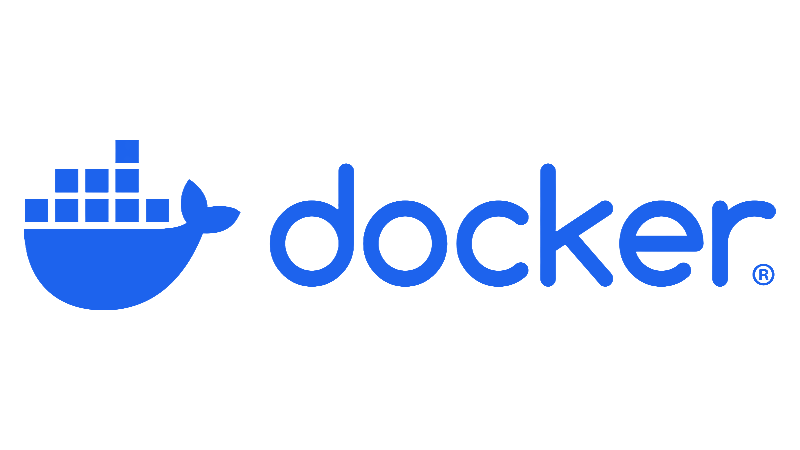4. Setting Up a Development Container with Docker
This tutorial will guide you through setting up a development container using Docker in VS Code.
Introduction
As discussed in previous blogs, Docker enables running projects in isolated environments to prevent dependency conflicts. In this blog, we will explore Docker Dev Containers, a feature that allows you to set up a development container alongside your project. This ensures a consistent environment for all developers working on the project. With Docker Dev Containers, you no longer need to use the docker run command each time you want to run your project. Instead, you can simply open your project in VS Code and start working. Let’s dive into setting up a development container using Docker in VS Code.
Setting Up a Development Container in VS Code
I will be using Visual Studio Code (VS Code) for this tutorial. This can be done with other IDEs as well, but the steps may vary.
1. Install the Dev Container Extension
- Open VS Code and navigate to the Extensions view by clicking on the Extensions icon in the Activity Bar on the side of the window.
- Search for
Dev Containerand install.
2. Create a .devcontainer directory
In your project root directory, create a new directory named .devcontainer. Inside this directory, you need to create two files:
Dockefile: This file contains the instructions to build the development container. This is same as the Dockerfile we used in the previous blog. In this example, we will use a simple Dockerfile that install basic Debian image and creates a user namedvscode.1 2 3 4 5 6 7 8 9 10 11 12 13 14 15 16 17 18 19 20 21 22
# Use Debian image from Docker Hub FROM dakshinatharindu/debian:latest # Set environment variables ENV DEBIAN_FRONTEND=noninteractive # Install dependencies (you can modify this based on your needs) RUN apt-get update && apt-get install -y \ sudo \ git \ curl \ vim \ build-essential \ python3 \ python3-pip \ && apt-get clean # Create a new user with a home directory and set a default shell RUN useradd -m -s /bin/bash vscode # Give the new user sudo privileges RUN echo 'vscode ALL=(ALL) NOPASSWD: ALL' >> /etc/sudoers # Set the working directory for the user WORKDIR /home/vscode # Set the default command to bash (this can be modified as needed) CMD ["/bin/bash"]
devcontainer.json: This file contains the configuration settings for the development container.1 2 3 4 5 6 7 8 9 10 11 12 13 14 15
{ "name": "Debian Dev Container", "dockerFile": "Dockerfile", "context": "..", "customizations": { "vscode": { "settings": {}, "extensions": [ "ms-vscode.cpptools", "ms-python.python" ] } }, "remoteUser": "vscode" }
Basic configurations definitions are as follows:
name: Name of the development container.dockerFile: Path to the Dockerfile. In this case, it is in the same directory. If it is in a different directory, you can specify the path.context: Path to the project root directory. In here, we want to use the project root directory as the context. That’s why we use...customizations: Additional customizations for the development container. In this example, we are installing the C++ and Python extensions for VS Code. You can add more extensions and settings as needed.remoteUser: The user to be used in the development container. In this case, it isvscode.
3. Open the Project in a Dev Container
- Open the project in VS Code.
- Most likely, you will see a notification at the bottom right corner asking if you want to reopen the project in a container. Click on
Reopen in Container. - If you don’t see the notification, you can open the Command Palette (Windows/Linux:
Ctrl+Shift+P, Mac:Cmd+Shift+P) and search forRemote-Containers: Open Folder in Container...and then select the project root directory. - VS Code will now build the development container based on the Dockerfile and configuration settings. This may take a few minutes depending on the size of the image and the extensions you are installing. Once the container is built, you will see a new window with the project opened in the development container. You can now start working on your project in the isolated environment.
Conclusion
Setting up a development container using Docker in VS Code is a great way to ensure consistency across all developers working on a project. It eliminates the need to set up the environment manually on each developer’s machine and provides a consistent environment for everyone. This makes it easier to onboard new developers and reduces the chances of dependency conflicts. I hope this tutorial was helpful in setting up a development container for your project. Happy coding!
